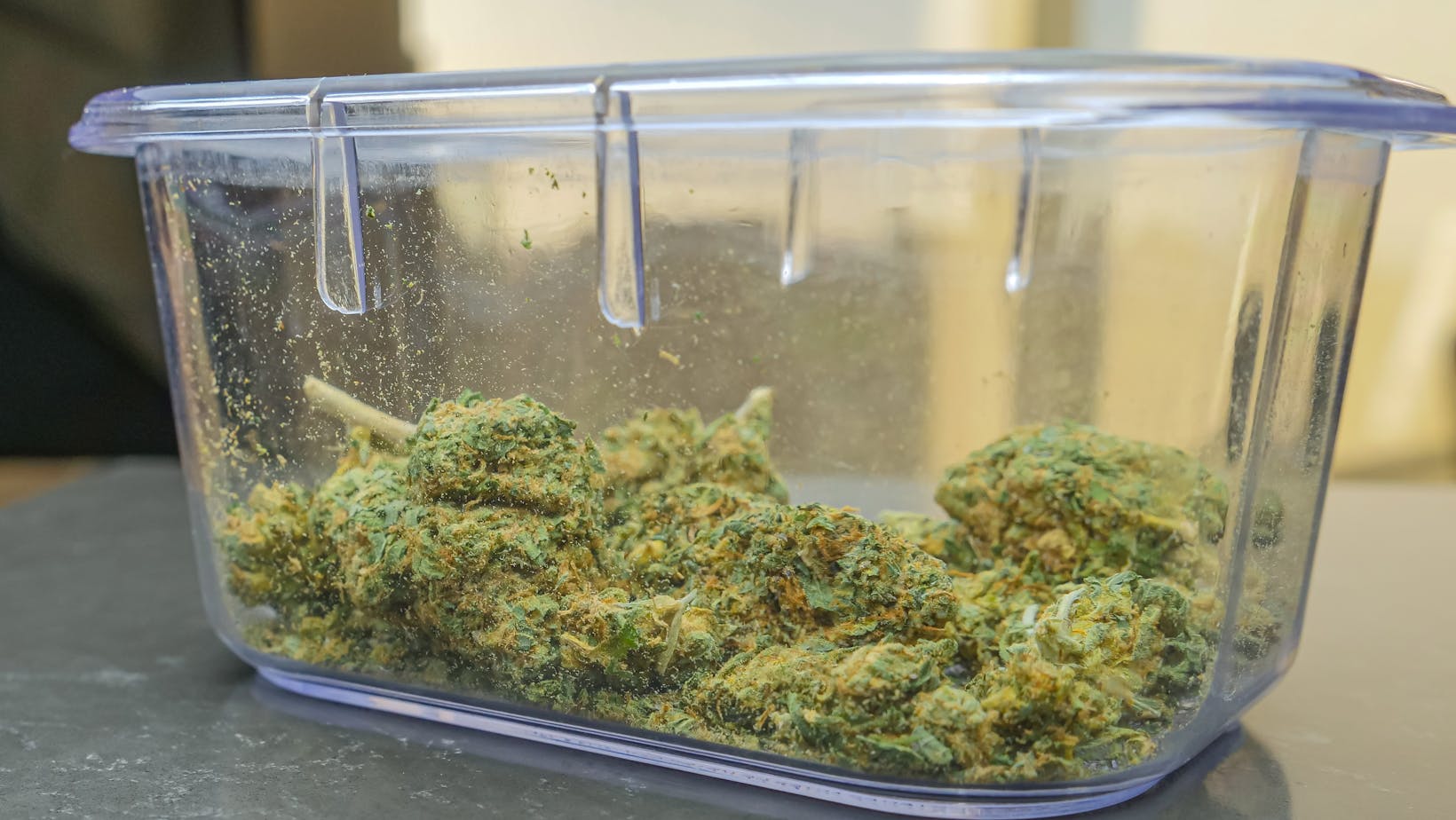
Cannabis cultivation is both an art and a science, demanding precision, patience, and insight into the plant’s life cycle.
Achieving optimal yield is the goal of every grower, but it requires more than just basic care. It demands a deep understanding of timing, techniques, and the plant’s needs. This article delves into the essential aspects of cannabis cultivation, outlining key strategies to maximize your harvest.
Understanding the Cannabis Life Cycle
The journey to a bountiful harvest begins with understanding the cannabis plant’s life cycle, which is divided into four main stages: germination, vegetative, flowering, and harvesting. Each stage has unique requirements for light, nutrients, and water.
- Germination: This initial stage sets the foundation for a healthy plant. High-quality seeds should be chosen and germinated in a warm, moist environment. The use of paper towels or starter cubes can facilitate this process, ensuring seeds have the ideal conditions to sprout.
- Vegetative Stage: During this growth phase, cannabis plants need plenty of light (about 18 hours a day) and water. This is also the time to start training your plants to maximize light exposure and airflow through techniques such as topping and low-stress training (LST). Proper nutrition, particularly nitrogen, is crucial to develop strong roots and foliage.
Timing Your Transitions
Transitioning your plants from one stage to the next at the right time is crucial for optimal yield. The shift from the vegetative stage to the flowering stage is particularly critical, as it determines the plant’s final size and its ability to produce buds.
- Vegetative to Flowering Transition: Monitor your plants closely and initiate the flowering stage when they are half the final desired size, as they will continue to grow significantly during the early weeks of flowering. This requires reducing light exposure to 12 hours a day, mimicking the natural decrease in daylight hours towards the end of summer.
- Pre-Flowering Checks: Before transitioning, ensure your plants are healthy and well-nourished. Any signs of nutrient deficiencies or pests should be addressed promptly to avoid compromising the flowering process.
Advanced Cultivation Techniques
Implementing advanced cultivation techniques can significantly enhance your yield. These practices require precise execution but can lead to superior quality and quantity of cannabis.

- Screen of Green (ScrOG): This method uses a screen to train your plants, encouraging a more even canopy. W weaving branches through the screen promotes uniform light distribution and air circulation, leading to more bud sites and a higher yield.
- Supercropping: This high-stress technique involves carefully bending and pinching the plant’s branches to create stronger, more resilient plants. Supercropping enhances nutrient uptake and can lead to increased bud production.
Optimal Harvest Timing
Determining the perfect time to harvest is as much an art as it is a science. Harvesting too early or too late can significantly affect the potency, flavor, and overall quality of your cannabis.
- Trichome Observation: Use a magnifying glass to examine the trichomes on your buds. Clear trichomes indicate the plant is not ready, milky white trichomes suggest peak THC levels, and amber trichomes indicate a higher CBD content and a more soothing effect.
- Leaf Changes: Pay attention to the leaves near the buds. A change in color and the degradation of leaves can also signal readiness for harvest.
For a comprehensive guide on the harvesting process, including how to properly cut, dry, and cure your plants to ensure the highest quality product, refer to this detailed article.
Post-Harvest Practices
After harvesting, proper drying, curing, and storage practices will ensure the preservation of your cannabis’s potency, aroma, and flavor.
- Drying: Hang your buds upside down in a controlled environment with good air circulation and a consistent temperature of around 60-70°F (15-21°C). This process typically takes 7-14 days.
- Curing: Place the dried buds in airtight containers, opening them daily for the first week to allow moisture to escape and then less frequently over time. Depending on the desired outcome, curing can last from two weeks to several months.
Conclusion
Mastering cannabis cultivation requires dedication, patience, and a willingness to learn.
By understanding the nuances of the plant’s life cycle, timing your interventions precisely, and employing advanced techniques, you can significantly increase your yield and produce high-quality cannabis.

Remember, each plant is unique, and part of the cultivation journey is adapting your practices to meet the specific needs of your crop. With time and experience, you can refine your approach to achieve exceptional results.























